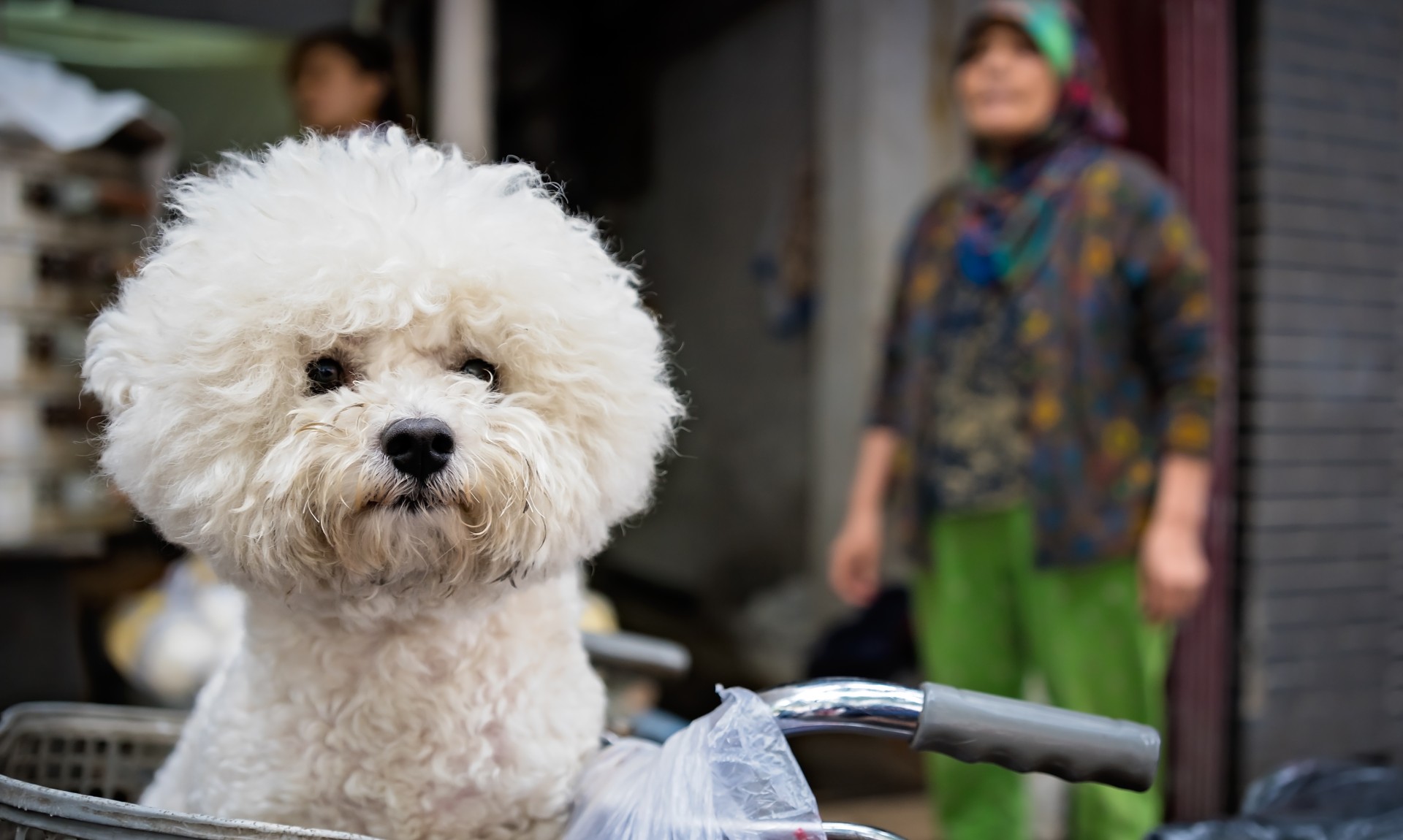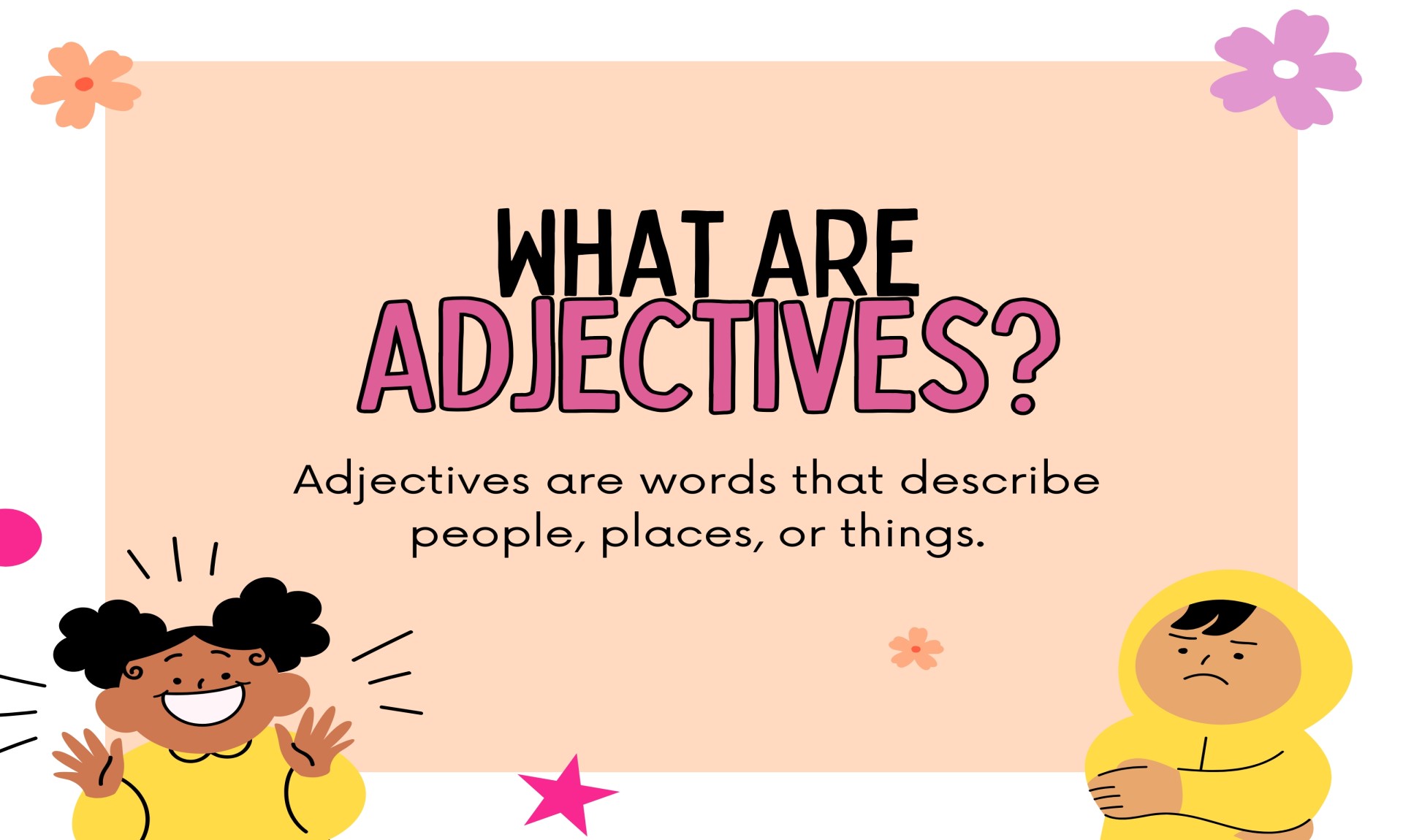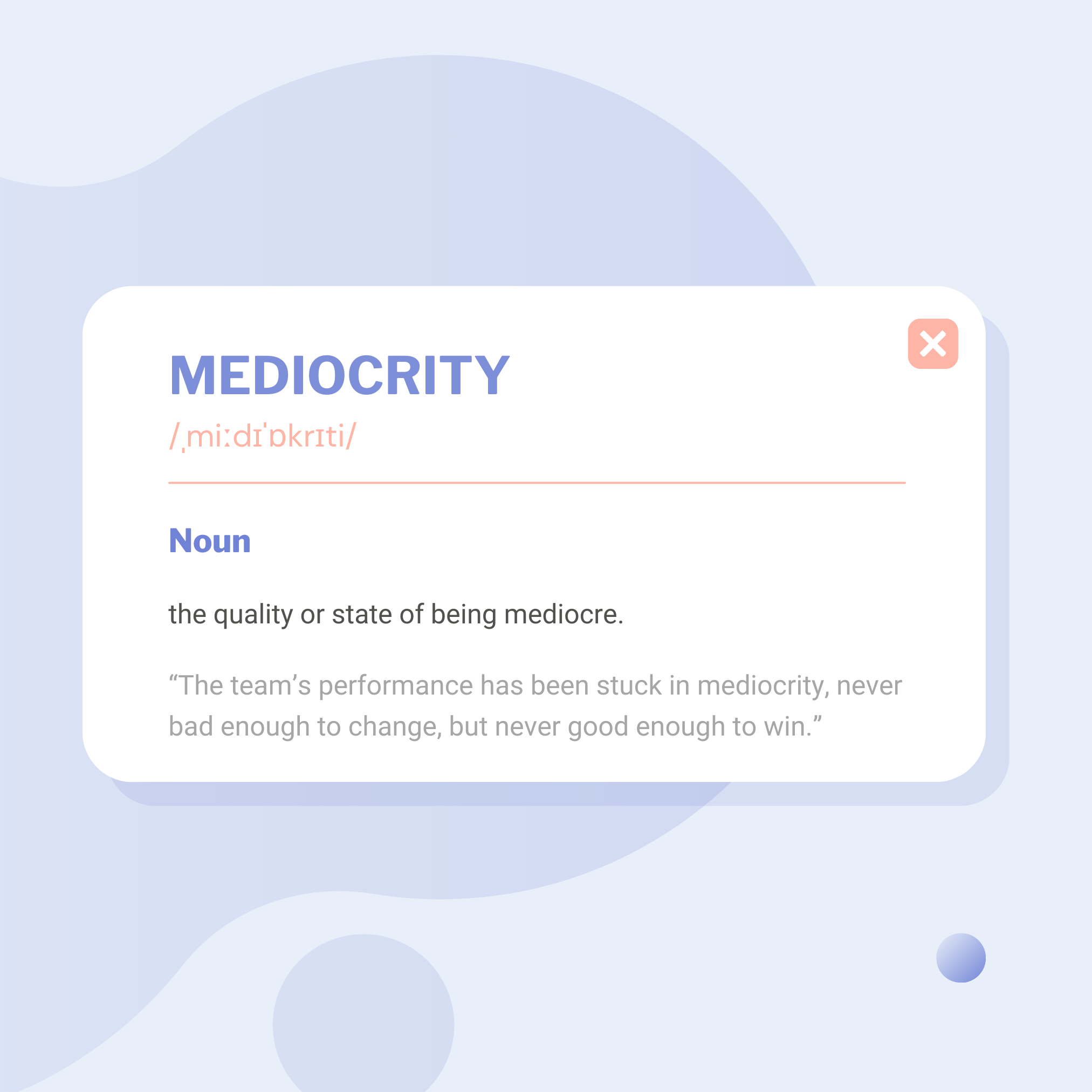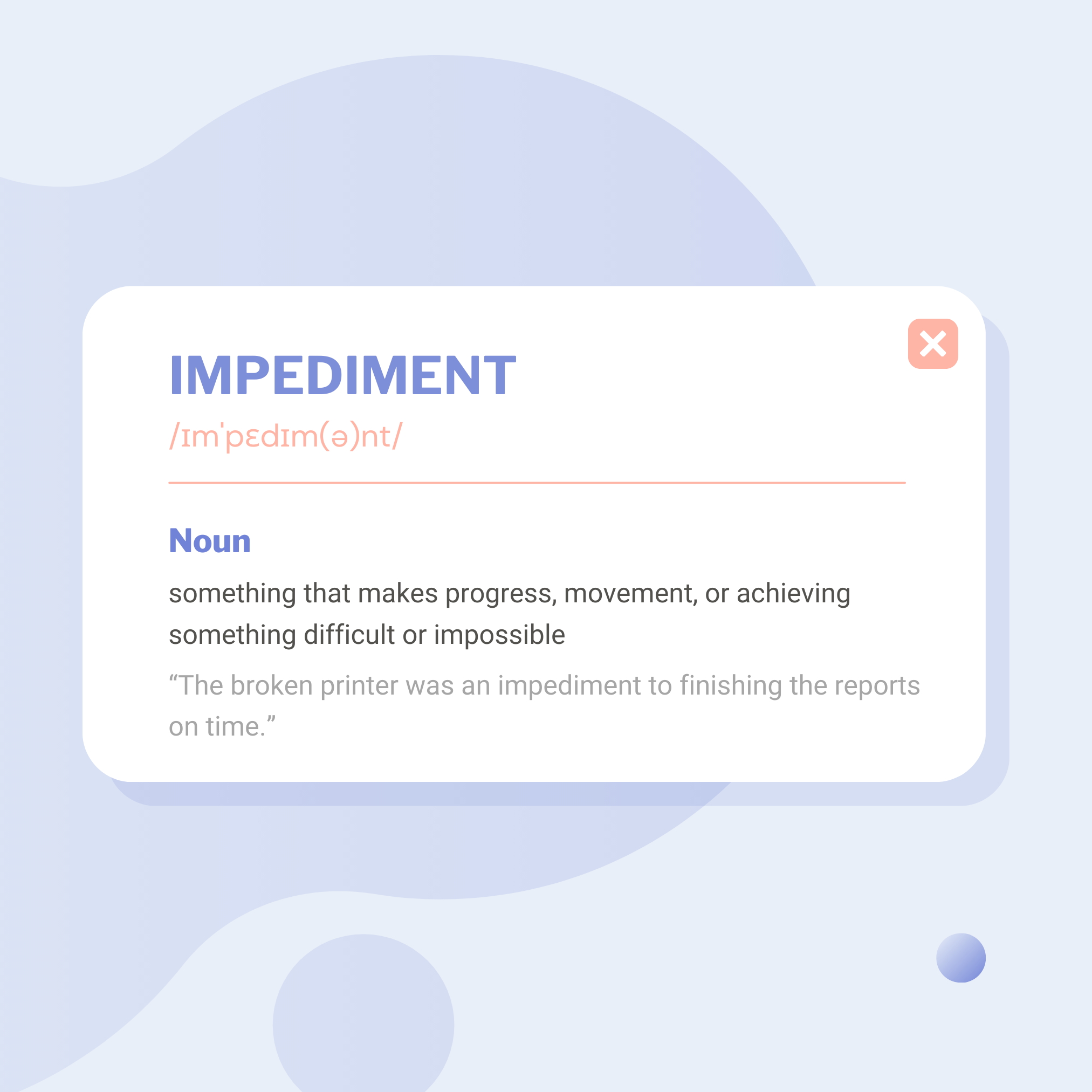Understanding Adjectives Made Easy!
Have you ever described something as big, red, or delicious? If so, you’ve already used adjectives! These wonderful words are like the clothes your nouns wear, adding colour, detail, and personality to everything around you.
In simple terms, an adjective is a word that describes a noun or a pronoun. It tells us more about the qualities, characteristics, or state of being of the noun or pronoun it modifies. Think of them as the descriptive helpers that make our language more interesting and vivid.
Let’s break it down with some easy-to-understand examples:
Imagine you see a dog. That’s a noun. But what kind of dog?
- Is it a small dog?
- Is it a fluffy dog?
- Is it a happy dog wagging its tail?
- Perhaps it’s a brown dog with big, round eyes.
See how the words small, fluffy, happy, brown, big, and round add specific details about the dog. These are all adjectives at work! They paint a clearer picture in our minds.
We see a fluffy, beige dog lying on a grey path. The background is a blur of green.

What do adjectives do?
Adjectives primarily answer questions like:
- What kind? (e.g., red apple, funny movie, heavy box)
- Which one? (e.g., this book, that car, the last piece)
- How many? (e.g., three birds, several options, few clouds)
- How much? (e.g., some water, enough space, little time)
Let’s look at more examples to solidify your understanding:
- The tall building scraped the sky. (Tall describes the building – what kind of building?)
- She wore a beautiful dress to the party. (Beautiful describes the dress – what type of dress?)
- We saw two playful kittens in the garden. (Two describes the kittens – how many kittens?)
- He felt happy after receiving the good news. (Happy describes the pronoun he – what state of being?)
- Could you give me the blue pen, not the red one? (Blue specifies which pen.)
Types of Adjectives (Just a Peek!)
While the main goal is to understand adjectives, it’s good to know they are different types. Some common ones include:
- Descriptive Adjectives: These describe the qualities of a noun (e.g., bright, cold, interesting).
- Quantitative Adjectives: These indicate the number or amount of a noun (e.g., one, many, all).
- Demonstrative Adjectives: These point out specific nouns (e.g., this, that, these, those).
- Possessive Adjectives: These show ownership1 (e.g., my, your, his, her, its, our, their).
- Interrogative Adjectives: These are used in questions (e.g., which, what, whose).
Don’t worry too much about memorizing these different types right now. Recognizing an adjective as a word describing a noun or pronoun is the most important thing.
Adjectives Make Your Writing More Engaging
Imagine reading a story that only used nouns and verbs. It would be pretty bland. Adjectives add flavour and detail, making your writing more interesting and engaging for the reader. They help create a clearer picture in the reader’s mind and make your descriptions more vivid.
For example, instead of saying, “It was a flower,” you could say, “It was a fragrant, delicate, pink flower.” See the difference? The adjectives make the flower come alive!
Spotting Adjectives in Sentences
The easiest way to spot an adjective is to look for words that are placed before a noun (or sometimes after a linking verb like is, are, was, were, seems, looks, etc.) and answer the questions mentioned earlier (what kind, which one, how many, how much).
Let’s try a few:
- The old house stood on the hill. (Old describes house – what kind?)
- She has long, wavy hair. (Long and wavy describe hair – what kind?)
- This is a delicious cake. (Delicious describes cake – what kind?)
- There are a few cookies left in the jar. (Few describes cookies – how many?)
In Conclusion
Adjectives are the descriptive powerhouses of our language. They add detail, colour, and personality to nouns and pronouns, making our communication more transparent and engaging. So, the next time you’re speaking or writing, pay attention to those wonderful words that “dress up” your nouns – you’ll find adjectives everywhere! They are essential tools for painting vivid pictures with your words. Keep practising, and soon, you’ll be a pro at spotting and using these descriptive gems!









